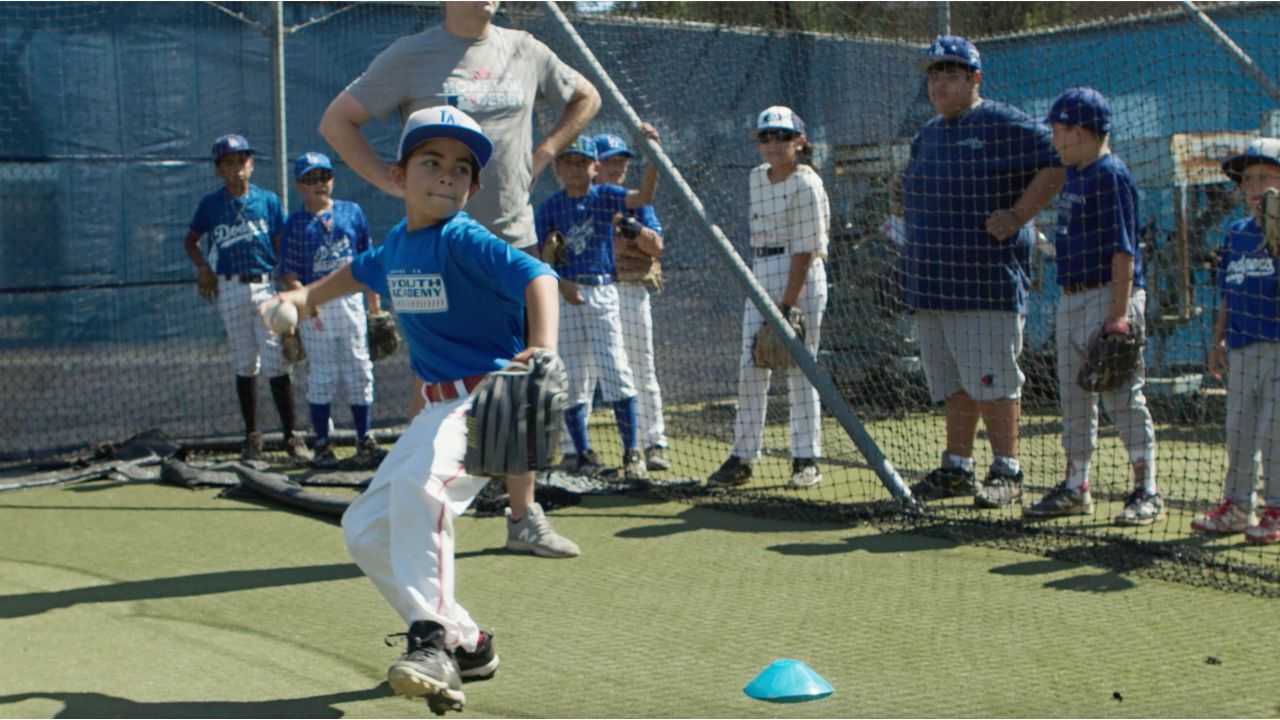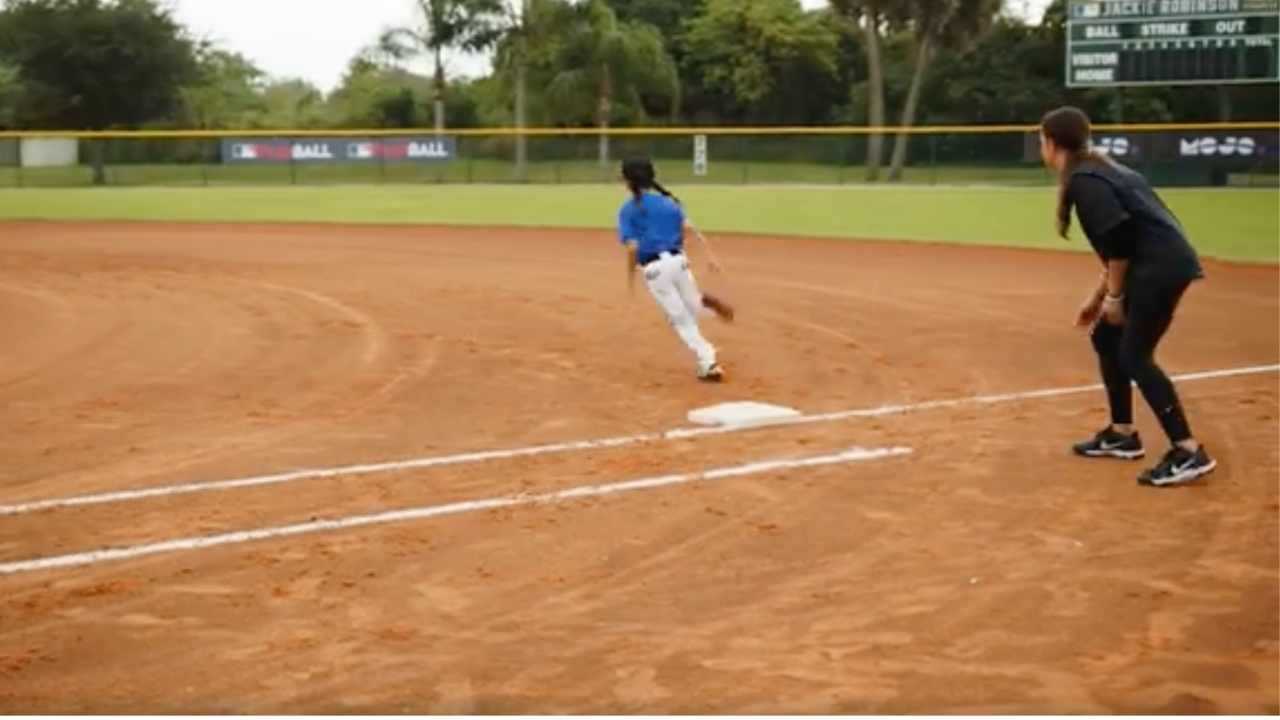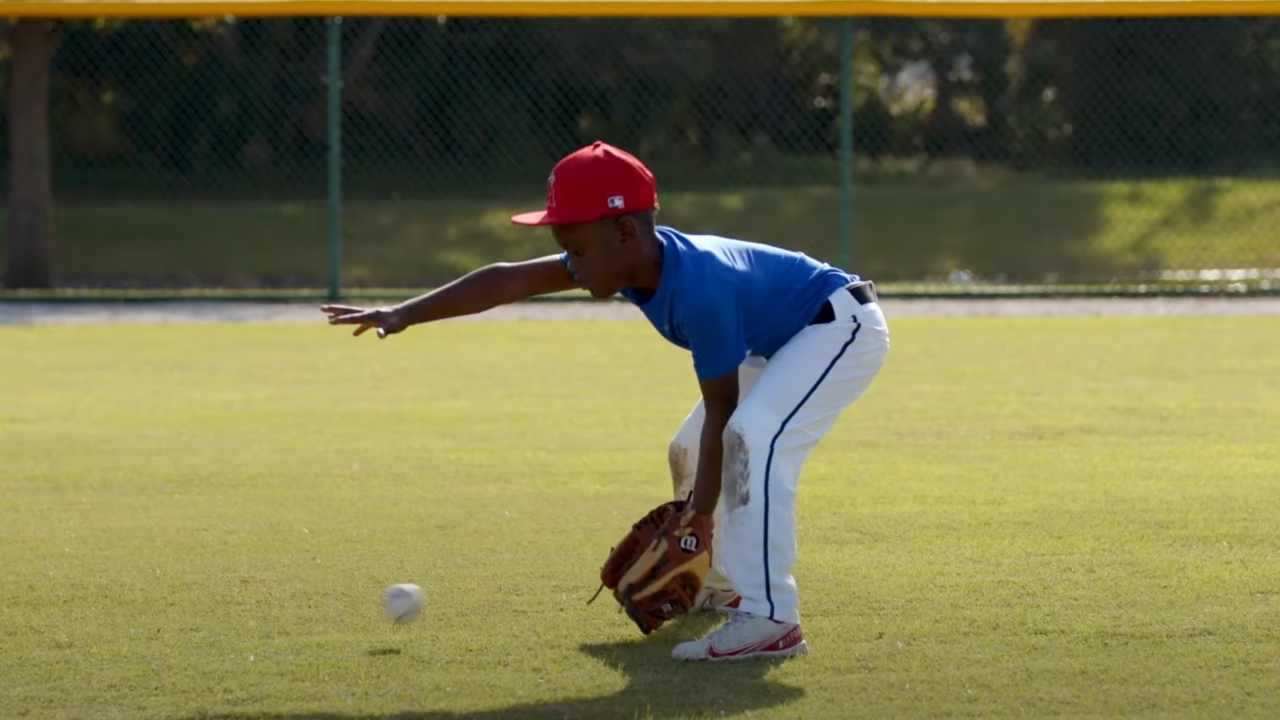The Fine Art of Breaking in a Glove
For baseball and softball players, it’s a time-honored tradition
Iva-Marie Palmer
| 5 min read

Canva
A new baseball or softball glove isn’t yours when you buy it. It’s yours when you break it in.
Unlike many valuable items, a high-quality leather baseball or softball glove is no good to you in mint condition. New leather is stiff and new gloves can be hard to bend — which makes catching a ball harder as well.
The best way to eliminate this problem? Time. And lots of use (i.e. playing catch). Well into his career, MLB shortstop Nomar Garciaparra still wore the same SSK infielder’s glove he used as a sophomore at Georgia Tech. (He called it his baby.) That’s because, over time, baseball gloves conform to the shape of your hand.
If time is not on your side, however, there are other methods.
The mallet method
One of the most popular methods for breaking in a glove, per Redditors and Dick’s Sporting Goods alike, is to use a wood mallet in the glove pocket. While there are mallets made specifically for gloves, you can also use a plain old kitchen mallet or even a small dumbbell (5 lbs. or less is good). Pound the pocket of the glove to make it ready to fold around a ball.
Just add water
It is also helpful to moisten the areas of the glove you want to soften with a bit of hot water, glove oil or glove conditioner. Keyword? “A bit.” Don’t soak a glove completely — it’ll dry out. And don’t pour oil directly on the leather, or it will leave a soaked, heavy spot.
Shaving cream
Darian Frost, softball and community engagement coordinator for the MLB Youth Academy in Kansas City uses a DIY method that involves rubbing shaving cream all over the glove, beating it with a softball and then wrapping the glove shut with a softball in the pocket and another filling the remaining space. YouTube has lots of videos explaining the process, she says.
Players who have used shaving cream recommend using a lanolin-based one, and — like oil or conditioner — not too much at once.
The rubber band method
Len Foote, who helped coach his son Henry’s Little League team in Brookfield, Ill. for several seasons, relied on a glove breaking-in method from his own days playing Little League. “I put a ball or two inside the mitt and wrap a rubber band around it,” he says. Many folks go a step further and put the rubber banded glove under their mattress
Mix and match
Tammi Taggart, of Newbury Park, Calif., recommends the hot water or oil treatment, followed by simply working the glove as much as possible. A mother of two young players, Taggart coached 8 seasons of rec softball and 2 seasons of Pony League baseball. While she tells players to use the mallet method, she also suggests they go one step beyond. “I also have my girls sit on their couch with their gloves on when watching TV and squeeze it open and closed over and over, working their pinkie and their thumb,” she says. “It breaks in their gloves and strengthens their hands.”
Call in the experts
While there’s a certain amount of satisfaction from breaking in a glove on your own, you can also really speed up the process (and avoid ruining a glove with too much oil, or an ill-advised session in the microwave) by taking it to an expert.
Dave Katz, owner of Katz Sport Shop, in Meriden, Conn., has been called “Picasso with a catcher’s mitt.” Katz got his start in the 1970s, as the owner of a sporting goods store.
Using his own, top-secret method, he put a few broken-in mitts on the store’s shelves just to see if anyone would want them. “I thought maybe they wouldn’t because they’d think they were used,” he says.
But he was wrong.
Those gloves sold, and Katz kept at it. Eventually gloves became the only thing Katz sold. He’s now considered a master glovesmith. He only deals in Rawlings gloves, sold broken-in. And he offers a break-in service as well.
Katz said he could probably write a book about the weird ways people attempt to break in gloves.
“They sleep on them, roll over them with their cars… I had two brothers from New York send me their gloves after rolling over them with a tractor trailer,” he says.
Why go to such trouble?
A glove doesn’t make a baseball or softball player on its own. But there is some truth to certain errors being the glove, not the player. As a Little League coach, Katz would watch players drop routine pop flies and would later check their gloves only to find the leather was still stiff and unbending. He says, “I’d think, ‘How could anyone catch with this thing?’”




